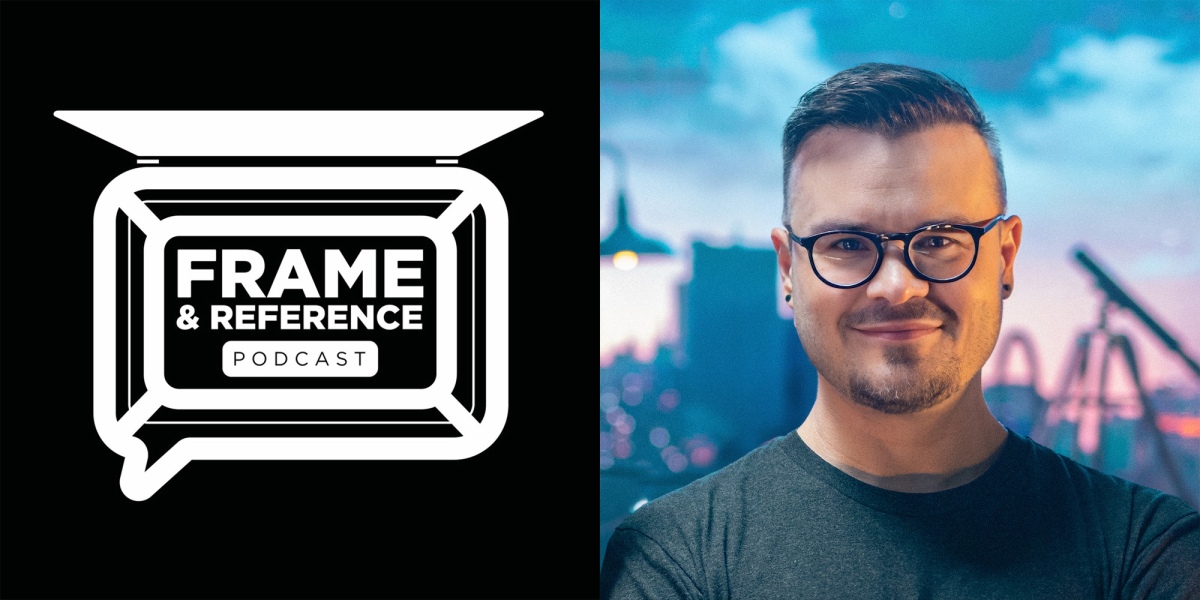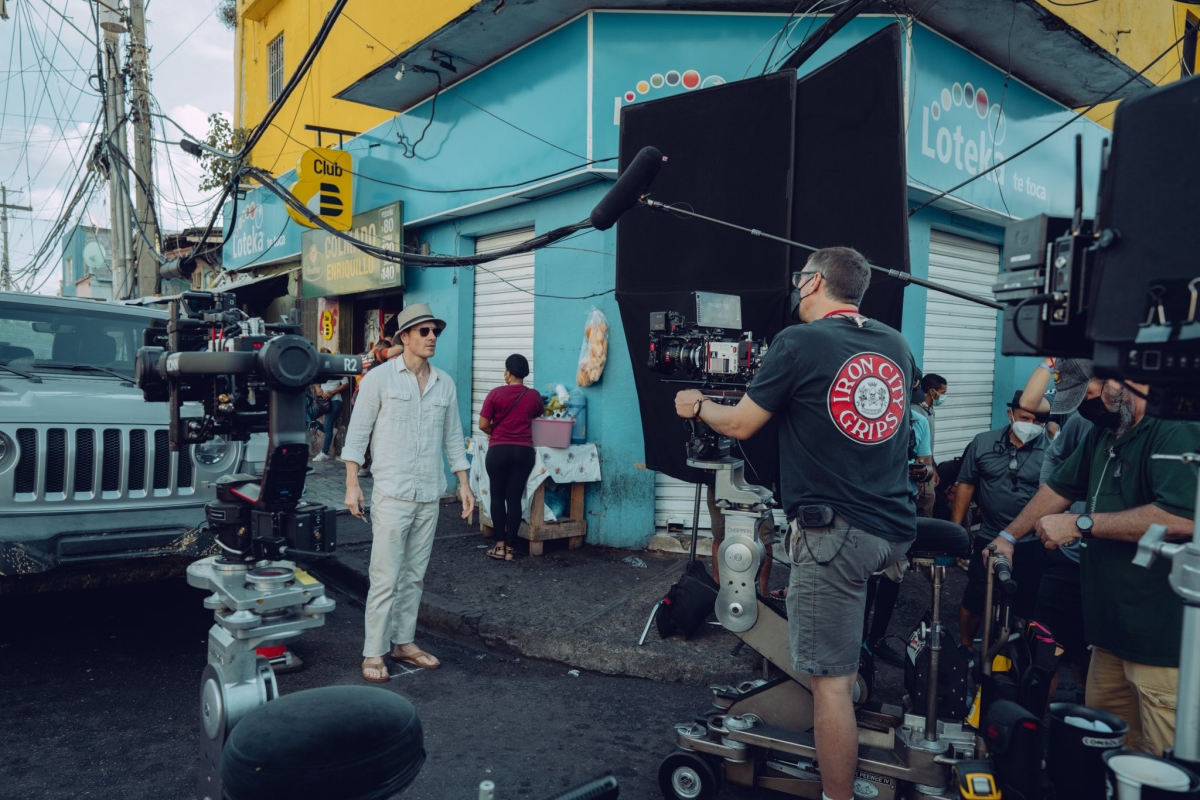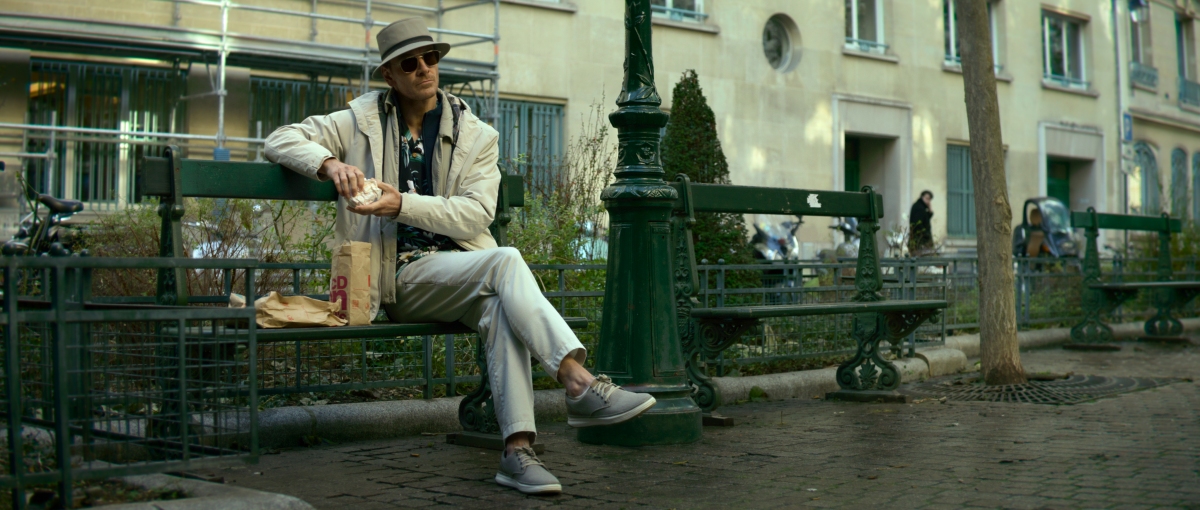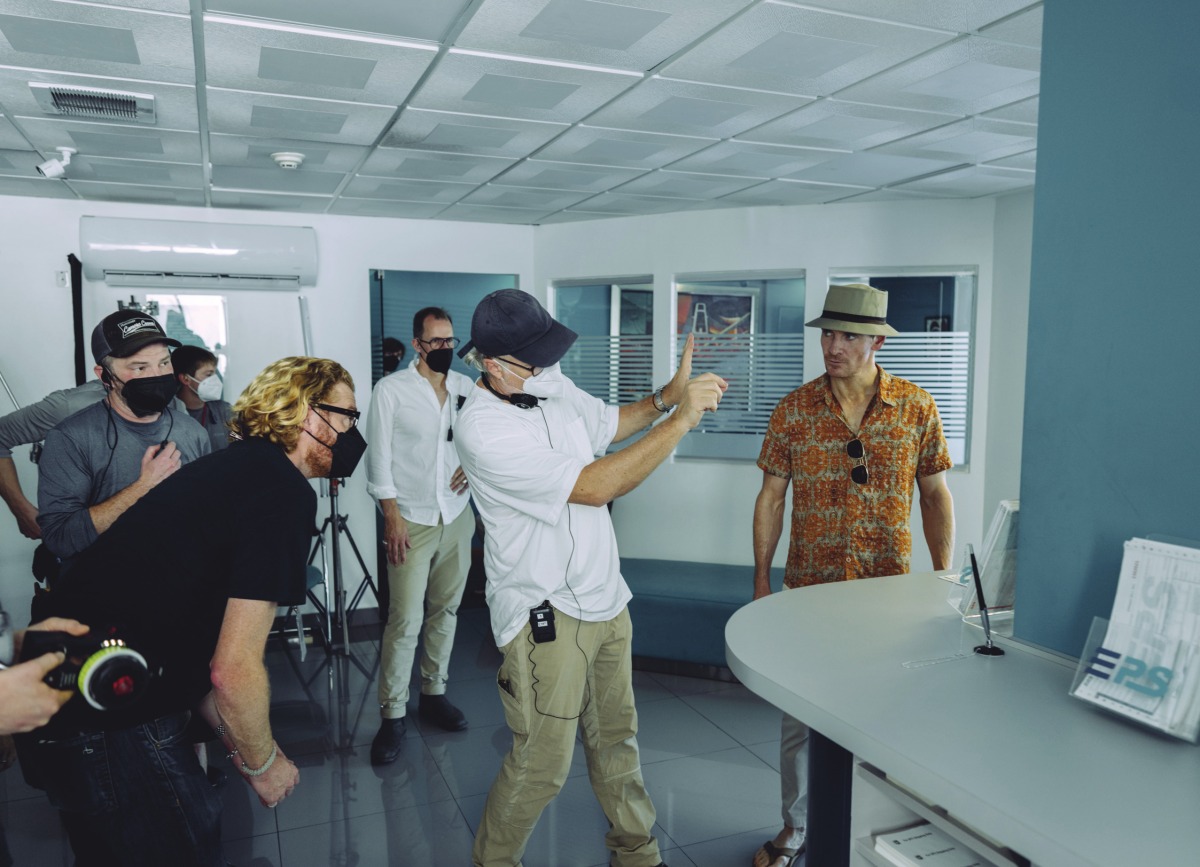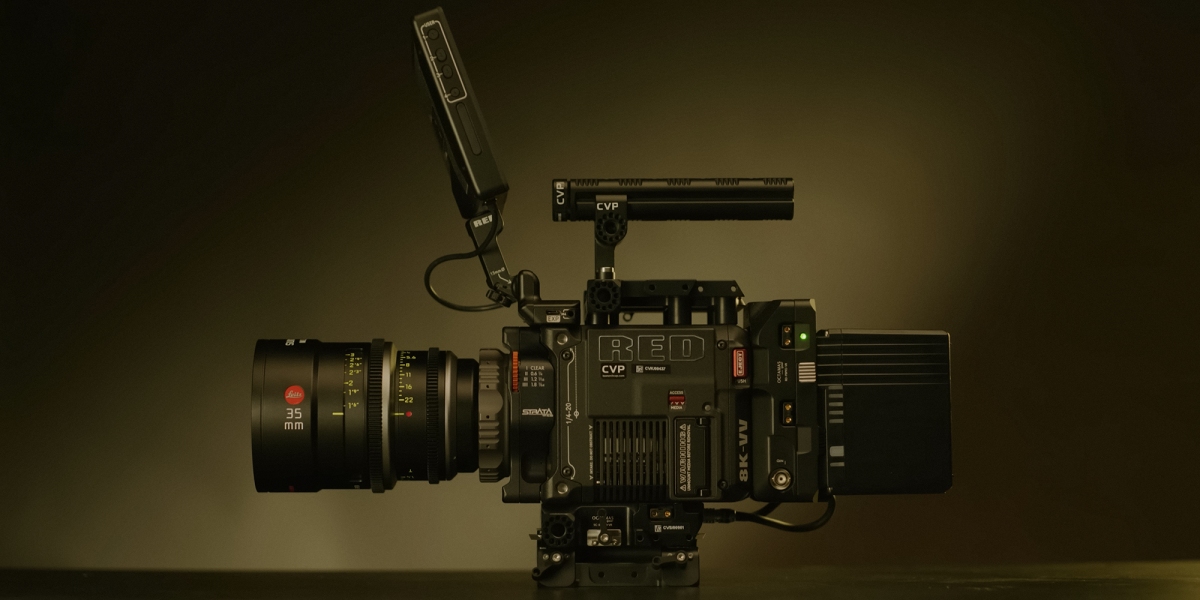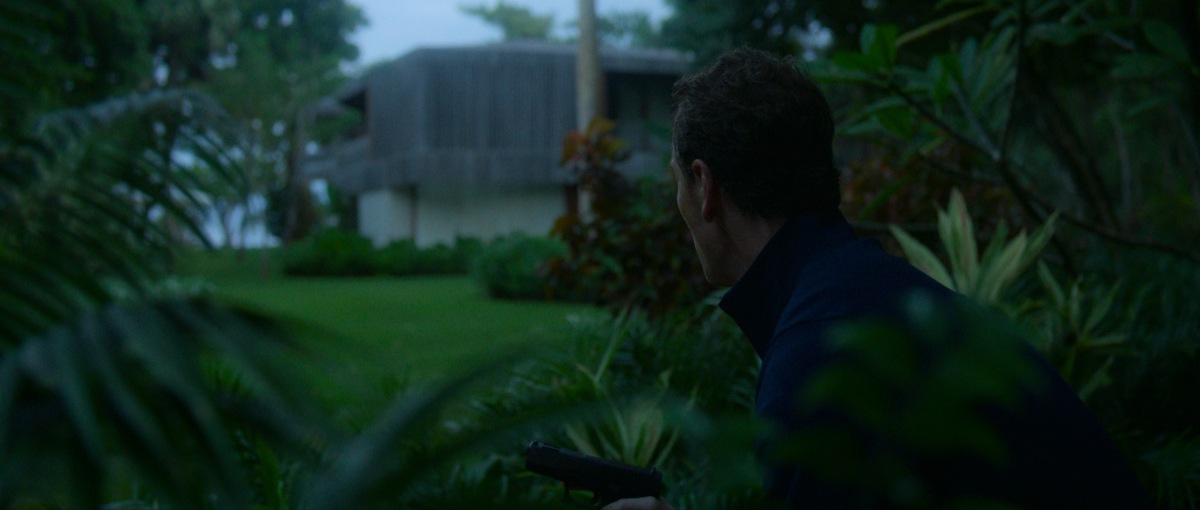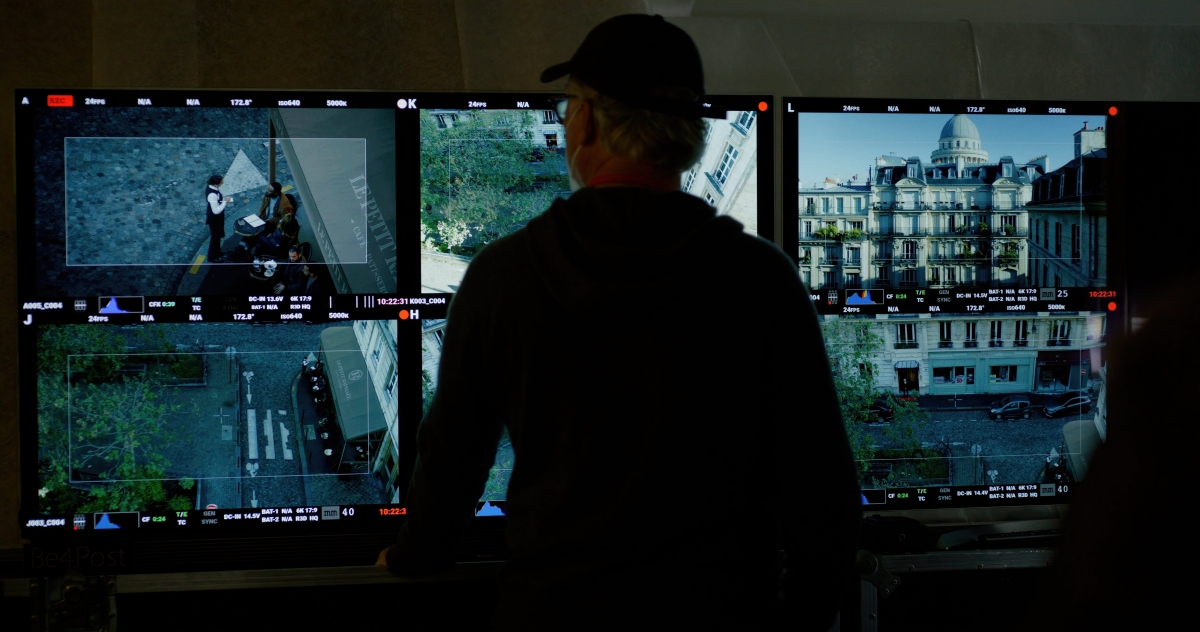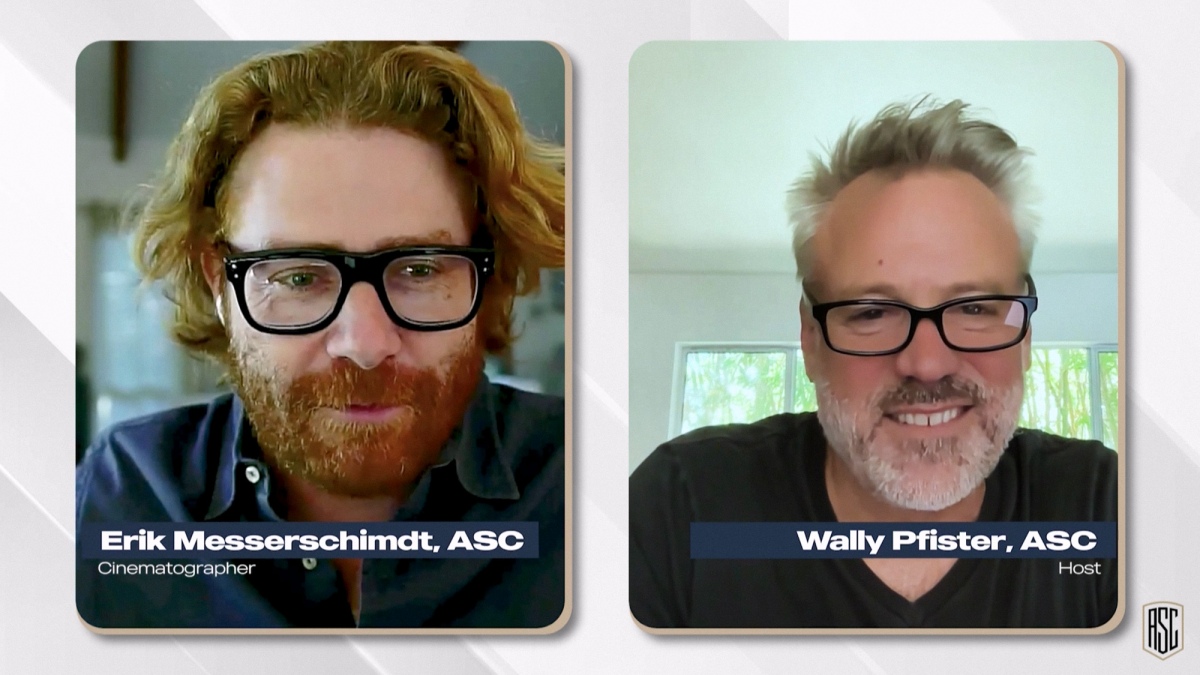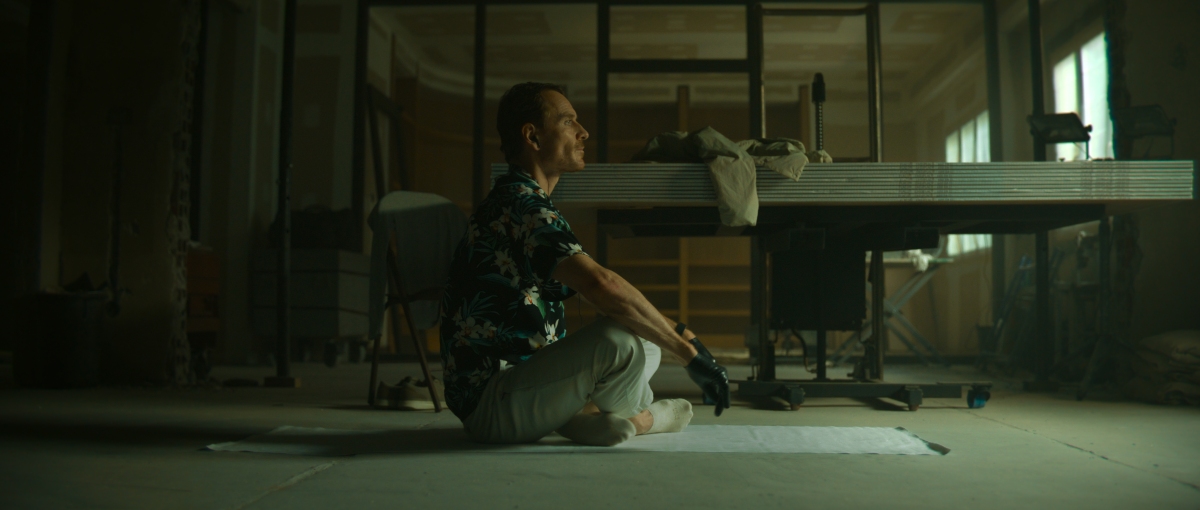Kenny McMillan (Instagram)
April 18, 2024
Frame & Reference (Twitter, Instagram)
Frame & Reference is a conversation between Cinematographers hosted by Kenny McMillan of OWL BOT. Each episode dives into the respective DP’s current and past work, as well as what influences and inspires them. These discussions are an entertaining and informative look into the world of making films through the lens of the people who shoot them.
In this episode, we’re joined by my friend Michael Cioni to talk about his new company Strada (YouTube).
Michael is a serial entrepreneur whose career includes numerous awards for his creative work and technical achievements. He is an accomplished director, cinematographer, musician, four-time Emmy winner, member of the Motion Picture Academy, and Associate Member of the American Society of Cinematographers.
A U.S. patent holder of digital cinema technology, Michael was the founder and CEO of the post house Light Iron where he pioneered tools and techniques that emerged as global workflow industry standards. After Light Iron was acquired by Panavision, Michael served as product director for Panavision’s Millennium DXL 8K camera ecosystem.
He then joined the cloud startup company Frame.io where he served as Senior Vice President of Global Innovation. After Frame.io was acquired by Adobe, Michael led numerous workflow innovations including the breakthrough Camera to Cloud technology program as Senior Director of Global Innovation.
He continues to be motivated by the desire to democratize professional workflows and focuses his efforts on inventing new ways for filmmakers to create through his technology. Michael is a well-known and gifted speaker, advocate for the community, and serves as a mentor and educator throughout the global media industry.
Listen to the podcast:
Frame & Reference
Apple Podcasts
Spotify
YouTube
Support the podcast: Buy Me a Coffee
Frame & Reference is also supported by:
- Filmtools, the West Coast’s leading supplier of film equipment. From cameras and lights to grip and expendables, Filmtools has you covered for all your film gear needs.
- ProVideo Coalition, a top news and reviews site focusing on all things production and post coming out of the industry.

